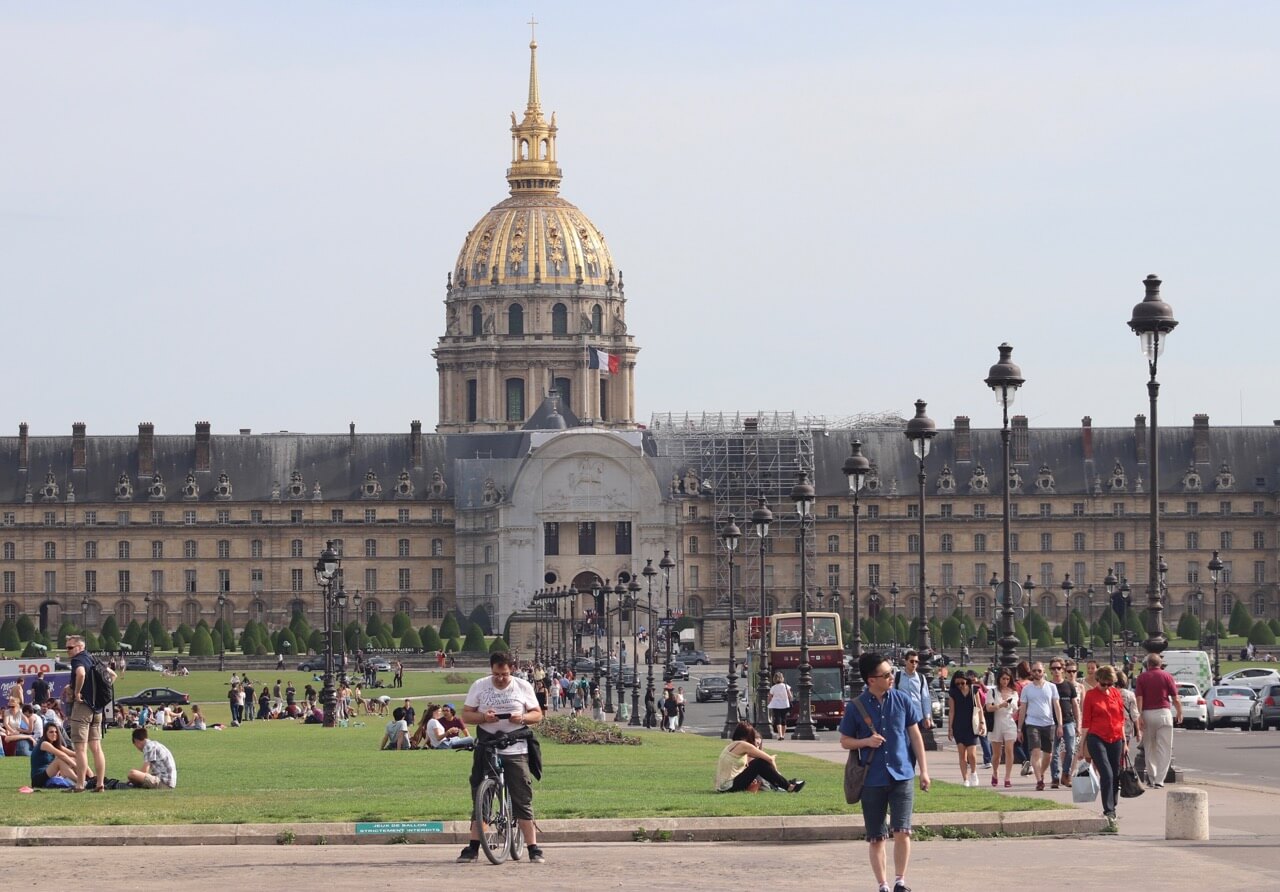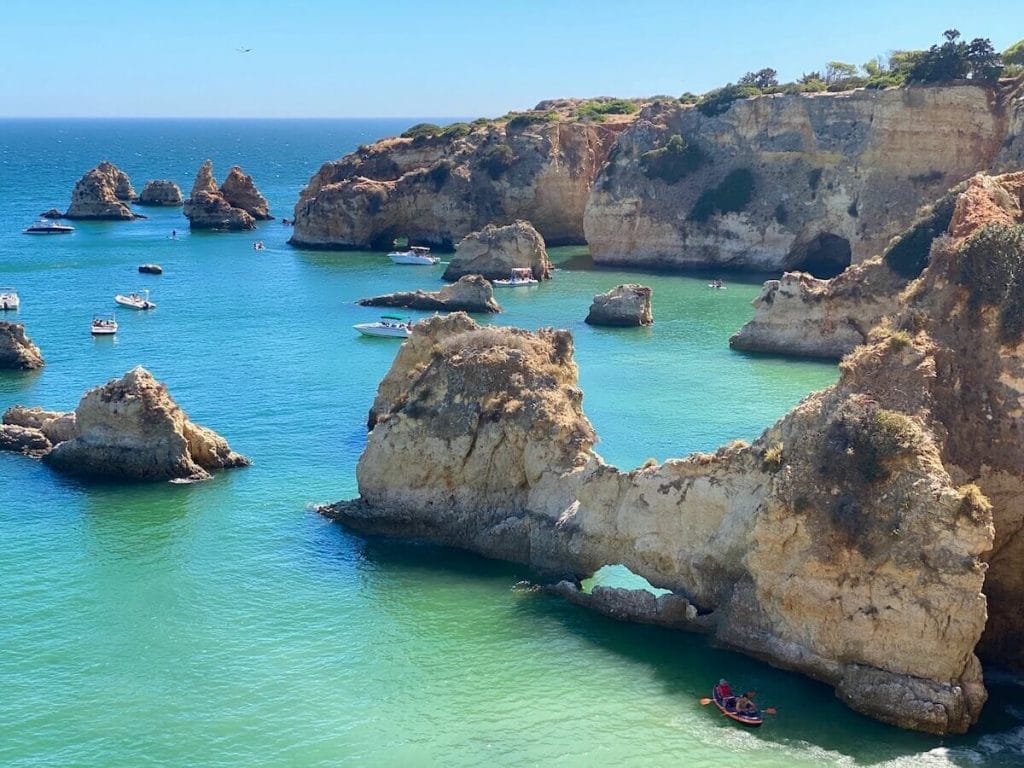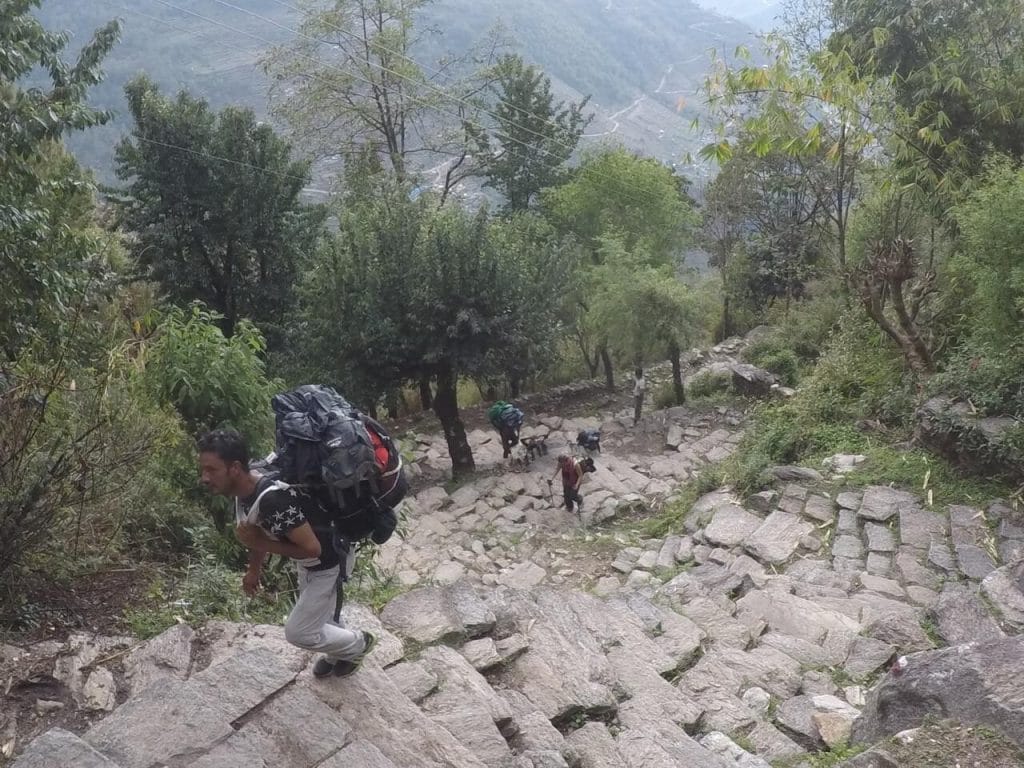Are you planning that 7-day dream trip? In this post, I’m discussing four points to consider before hitting the road.
Travelling is one of the greatest ways to learn about new cultures, experience places that you’ve only seen on the screens and in guided books, meet different people and create lifelong memories.
But when mapping out your journey, the length and the destinations are only some of the keys to be focused on. You also need to think about the mode of transportation, the type of travel (solo, slow, city breaks…), and the attractions and tours, among other things.
Taking a week’s vacation, you have enough time to explore a city without rushing around and not taking it all in. But, of course, it will depend on the destination and your interests.
If you travel to London, New York, Paris, or Dubai, for example, one week may not be enough, particularly if you want to visit museums and get immersed in the local culture.
The truth is, there is not a rule of thumb for everybody, as we are all different. However, when planning your 7-day trip, here are four important points to keep in mind:

Table of Contents
The Appeal of Multi-City Tours
Undergoing a multi-city tour offers a rush of diverse sights and sounds within a compact timeframe. When heading to Rome, for example, there are almost too many things to see, and the trip becomes a box-ticking endeavor because they’re all “must-see”.
For some people, they claim to capture the essence of a location within the first day. The pace of the city, the dress code, and the open stores. This is what we experience when transitioning between attractions, and not necessarily an activity in and of itself. The same goes for cuisine, which is typically the lunch we get to fuel our imminent afternoon exploration.
By hopping from one city to another, travellers can maximise their exposure to different cultures, cuisines, and histories, all within just seven days. In this example, it may almost be possible to see three cities within a week, provided they’re not too far apart.
For example, Rome, Florence, and Venice, which are just a few hours apart by train. Within each, there may be a few sites in the morning and a few in the evening. By the end of the week, it’s possible to have seen over 30 museums and landmarks.

Read next:
- 10 Most Famous Fountains in Italy
- 5 Reasons to Make Tuscany and Sardinia Your Next Italian Destinations
- 15 Otherworldly Pictures to Make You Want to Visit the Dolomites Right Now
The Case for Single-City Exploration
The criticism of this is that we miss the smaller things. When rushing from place to place, we don’t notice the street vendors setting up shop in the morning, or the interactions between locals when we’re scanning Google Maps.
Spending a full week exploring a single city can offer a different and sometimes more immersive experience. At the cost of seeing some important landmarks, slower travelling does offer more opportunity to connect with the local environment understand how the locals are living, and stumble upon some lesser-known sites.
The biggest argument in favour of not hopping around as much is that many of the incredible tourist cities like Paris are a little bit like a conveyor belt. While we do want to see the Louvre and Eiffel Tower, it can be a commodified experience. And, because that’s not the experience of those that live there, limiting the big sites in favour of back-street cafes and getting lost may give you a more authentic experience.

- Don’t miss: Best Things to Do in Paris for The First Time
The Role of Travel Modes in Sightseeing
Something that needs to be considered is the mode of travel greatly influences both the quantity and quality of experiences during a trip. When driving, for example, travellers enjoy unparalleled flexibility and autonomy.
They can stop at a whim to explore hidden gems or take scenic detours, creating a personalised journey. However, driving can also mean less opportunity to fully absorb the surroundings, as the focus must remain on the road.
Travelling by train offers a different set of advantages. Trains typically follow scenic routes, and passengers are free to gaze out of large windows, enjoying landscapes without concern for traffic or directions. The fixed routes of trains encourage planning and efficiency in travel, but it does limit detours.
Ultimately, the choice here would be down to the motivation behind the travel. When in Iceland, you want to drive to natural sites. When in Italy, the efficiency of the trains and their scenic routes make them an obvious choice.

You may also like:
- Best UK Road Trips: 5 Ideas For Your Holiday
- 7 Historic Sites in Louisiana to See on a Road Trip
- Best Road Trip Cars: 7 Models for the Frequent Roadtripper
- How to Hire a Campervan for Your First Camping Trip
- Algarve Itinerary for 3, 5 and 7 days
The walking holiday
Walking holidays present a unique approach. As seen in routes like the Camino de Santiago, these pilgrimage walks follow paths that our ancestors may have taken many centuries ago. These journeys provide a profound connection with the landscape and local culture and would be considered the ultimate slow form of travel.
Every sight, sound, and smell will be digested mindfully, as you go step by step, one day after another, through ancient villages and rural paths.
The most impressive argument in favor of walking holidays is that, while it may seem like you’ll see far less, you may end up seeing more than the person with the long itinerary. This is because there are no transitions or empty spaces between sites; you’ve placed meaning and purpose onto the entire journey.

You might also be interested in:
- Poon Hill Trek: 4-Day Itinerary, Costs, Tips & What to Expect
- 3 Best Hikes in Norway in 3 Days
- 10 Best Algarve Hiking Trails For Every Type of Adventurer
- 7-Day Dubai Trip Costs & Tips To Save Money When Visiting Dubai
Conclusion
Ultimately, the decision on how to spend a week travelling should align with one’s personal interests and travel goals. If it’s your life-long desire to experience Renaissance art, hopping from one museum to another is the right thing to do. But, if you’re interested in the local culture and idiosyncrasies of the places you visit, less is more.
- Book Your Flight Find deals on airlines on my favorite search engine: Skyscanner. Be sure to read my How to find cheap flights article.
- Rent A Car Rental Cars is a great site for comparing car prices to find the best deal.
- Book Accommodation Booking.com is my favorite hotel search engine. But Hotels.com and Hilton Hotels have very interesting reward programs.
- Protect Your Trip Don’t forget travel insurance! I always use World Nomads for short-term trips and SafetyWing for long-term ones. Find out why Travel Insurance: Much More Than a Precaution, a Necessity.
- Book Tours in Advance Book unforgettable experiences and skip-the-line tickets with GetYourGuide or Viator .
- Book Ground Transportation BookaWay offers a stress-free experience with secure payments and no hidden fees. You pay online and receive your itinerary by email.
- Luggage Solutions Rent your luggage with Cargo or if you need to drop off your own luggage and enjoy your time without dragging it all over a city, find a LuggageHero shop here.
- Get a Travel Card Revolut Card is a pre-paid debit card that enables cash machine withdrawals in 120 countries. I’ve been using my Revolut Card for over a year and never paid foreign-transaction fees again. Get your Revolut Card with free shipping here.
- Packing Guide Check out my How to Pack a Carry-on Luggage For a Five-month Trip to help you start packing for your trip. Don’t forget your camera, chargers and other useful travel accessories. World Nomads provides travel insurance for travelers in over 100 countries. As an affiliate, we receive a fee when you get a quote from World Nomads using this link. We do not represent World Nomads. This is information only and not a recommendation to buy travel insurance.
